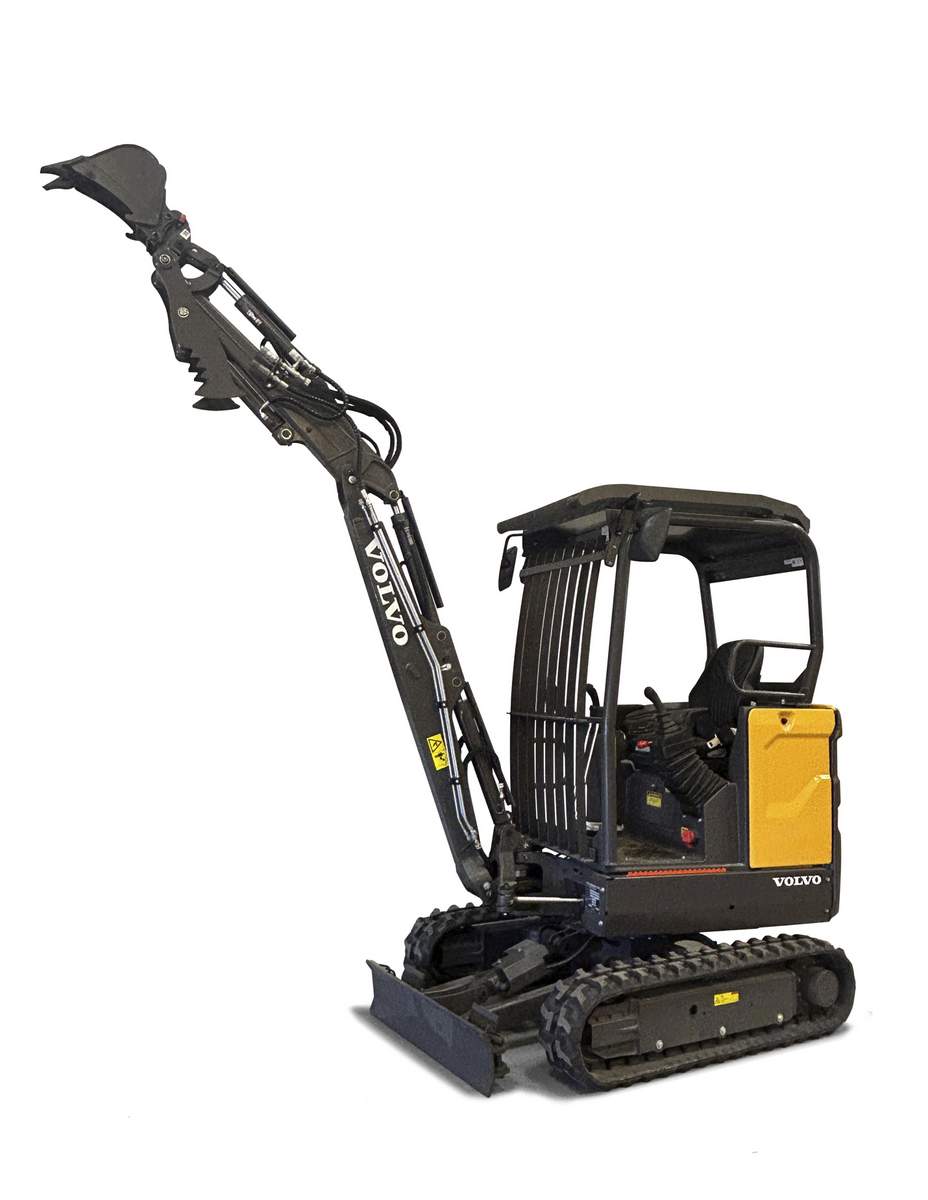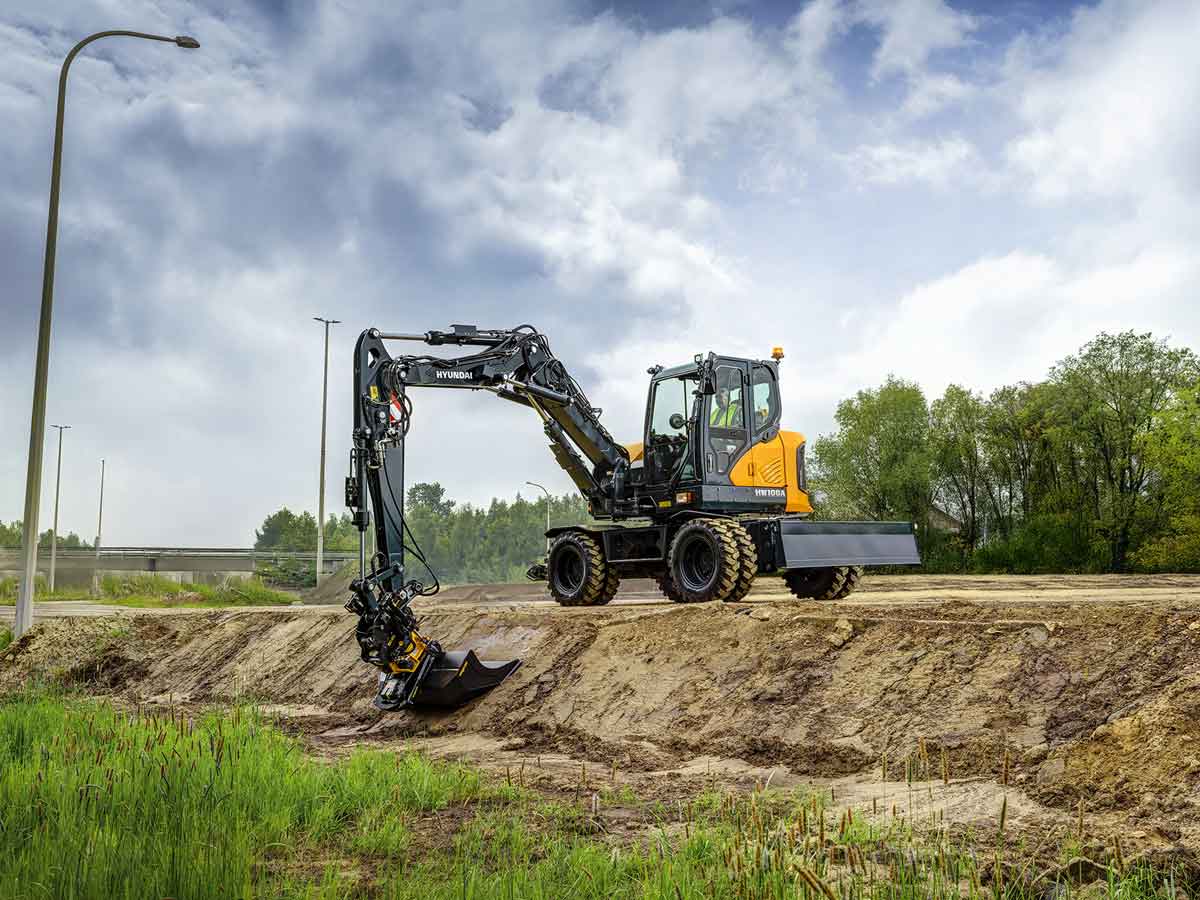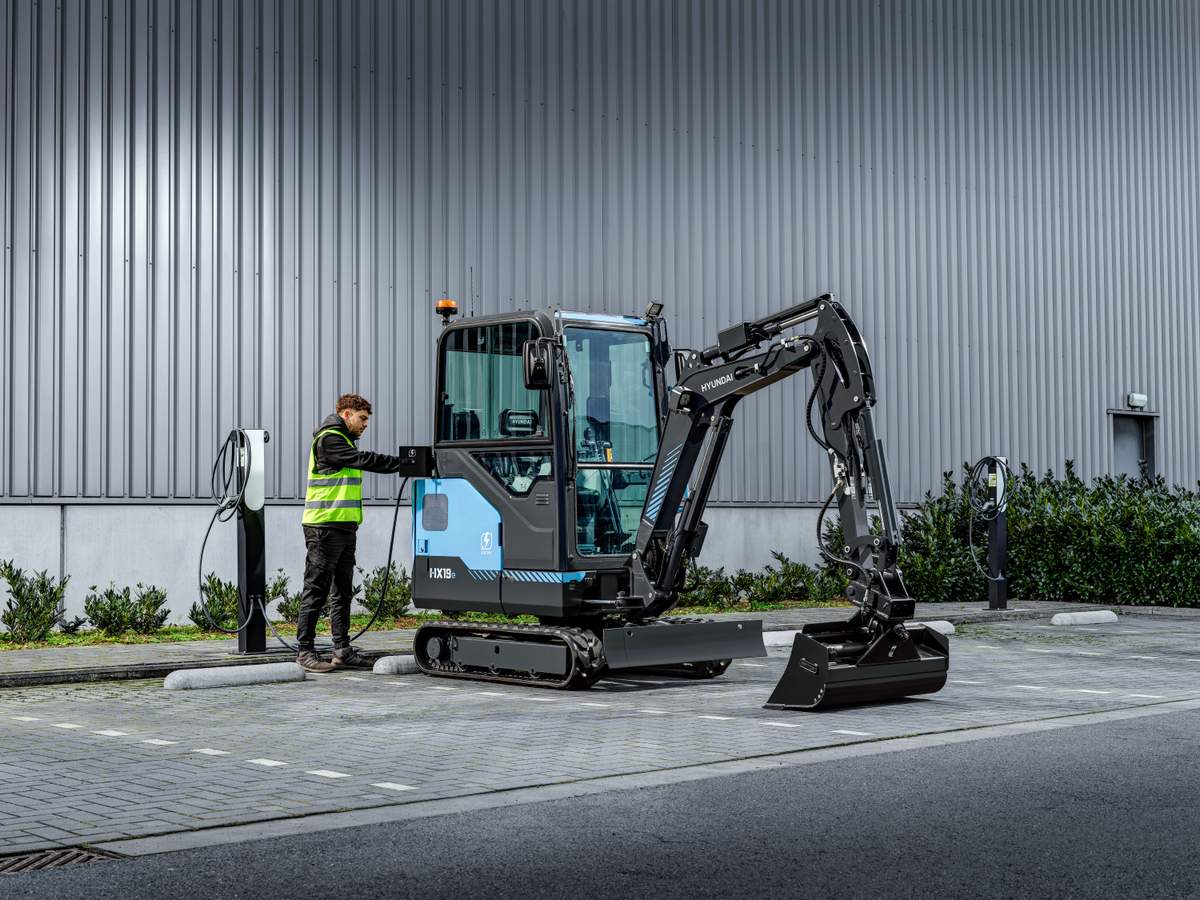- Compact Equipment Magazine
- Mini Excavators
Mini Excavators
These Popular Mini Diggers Are Also Awesome Tool Carriers
The mini or compact excavator segment stands as one of the hottest machine markets in U.S. construction equipment. Its popularity stems from its versatility and size. Operators can easily transport mini excavators, and these machines handle a variety of onsite applications. These include digging basements, burying downspouts, compacting soil, trenching service lines or grappling obscenely big, decorative rocks. Manufacturers define these units as excavators under 8 metric tons. Designers equip them with an undercarriage and tracks, a long digging arm, and a cab or ROPS enclosure. With dig depths ranging between 5 and 15 ft+ and operating weights between 2,000 and 20,000 lbs, compact excavators maneuver into cramped worksites while delivering impressive digging power.
The 3.5- to 4-metric-ton class continues to drive growth in the compact hydraulic excavator market, especially in rental, while the 5- to 6-metric-ton size class gains momentum. Conventional-style compact excavators share the spotlight with minimum and zero tail swing designs. Zero tail swing (ZTS), which ensures the cab stays within the width of the tracks, remains a popular choice. Beyond their many features — such as enclosed cabs, backfill blades, extendable sticks and retractable undercarriages — mini excavators can equip a wide range of attachments to tackle tasks beyond digging, including hydraulic thumbs, breakers, specialty buckets, augers, grapples and mowers. Recent trends in the category include commercially available electric and hybrid variants as well as machine control systems for grading and digging. Examples of mini excavators include:
Takeuchi’s TB Mini Excavators | Caterpillar’s Next Gen Mini Excavators | Kubota’s K, KX and U Compact Excavators












